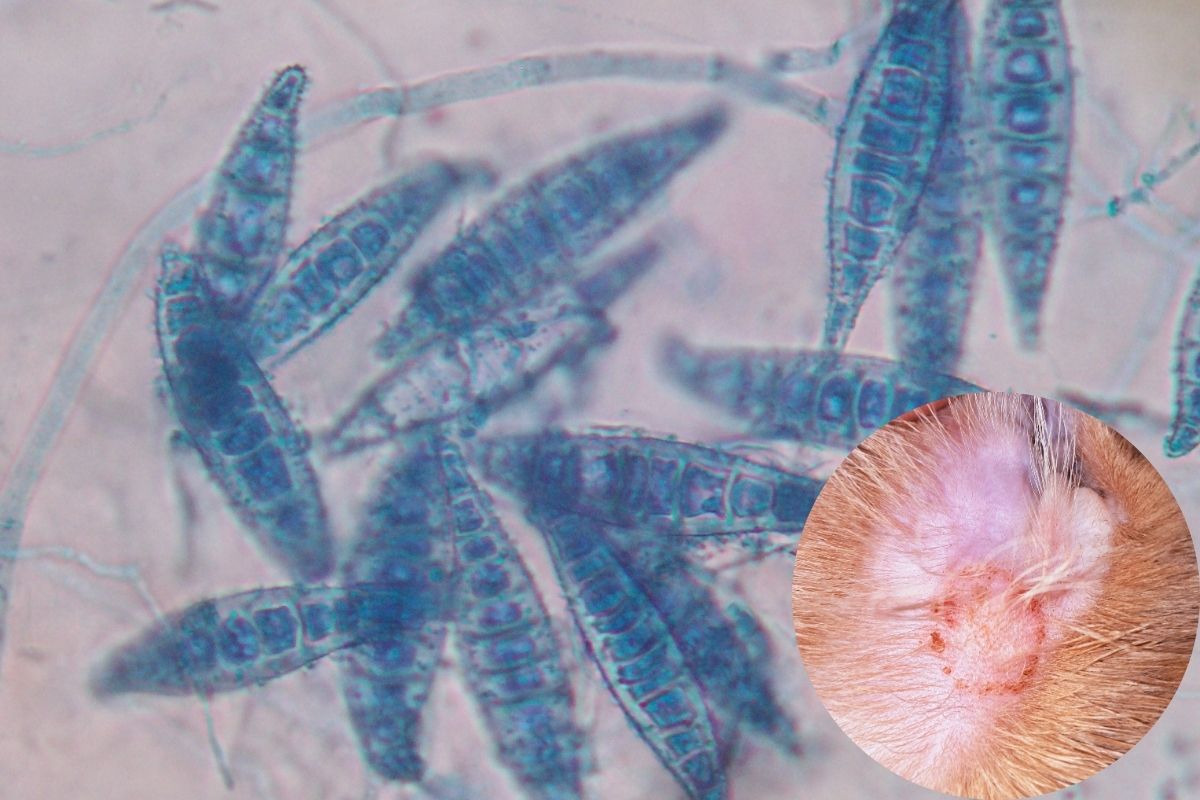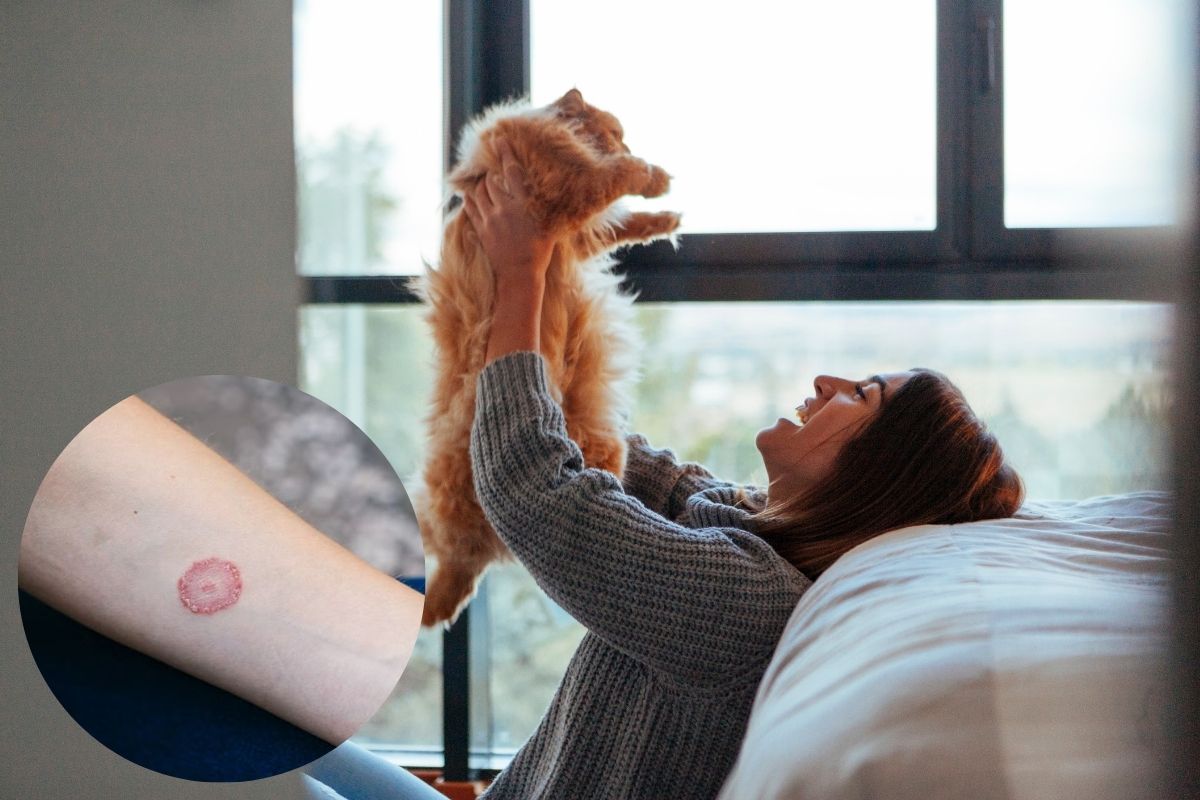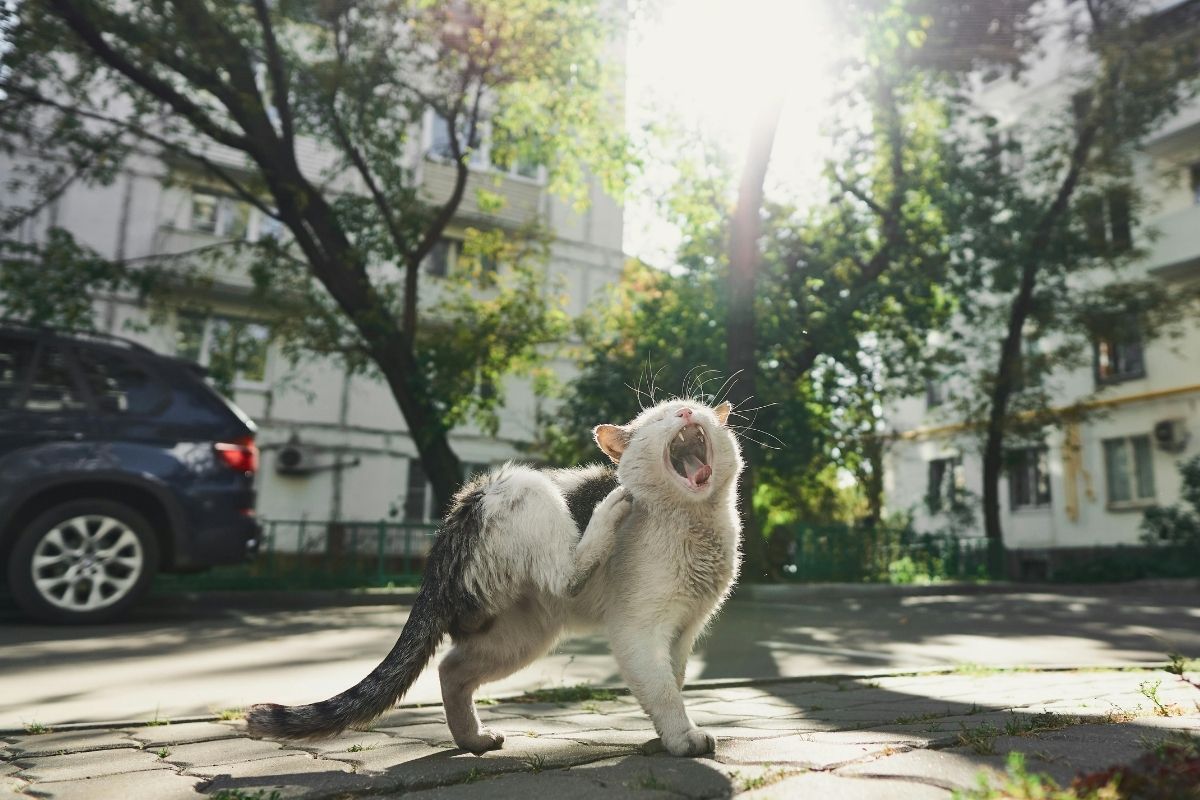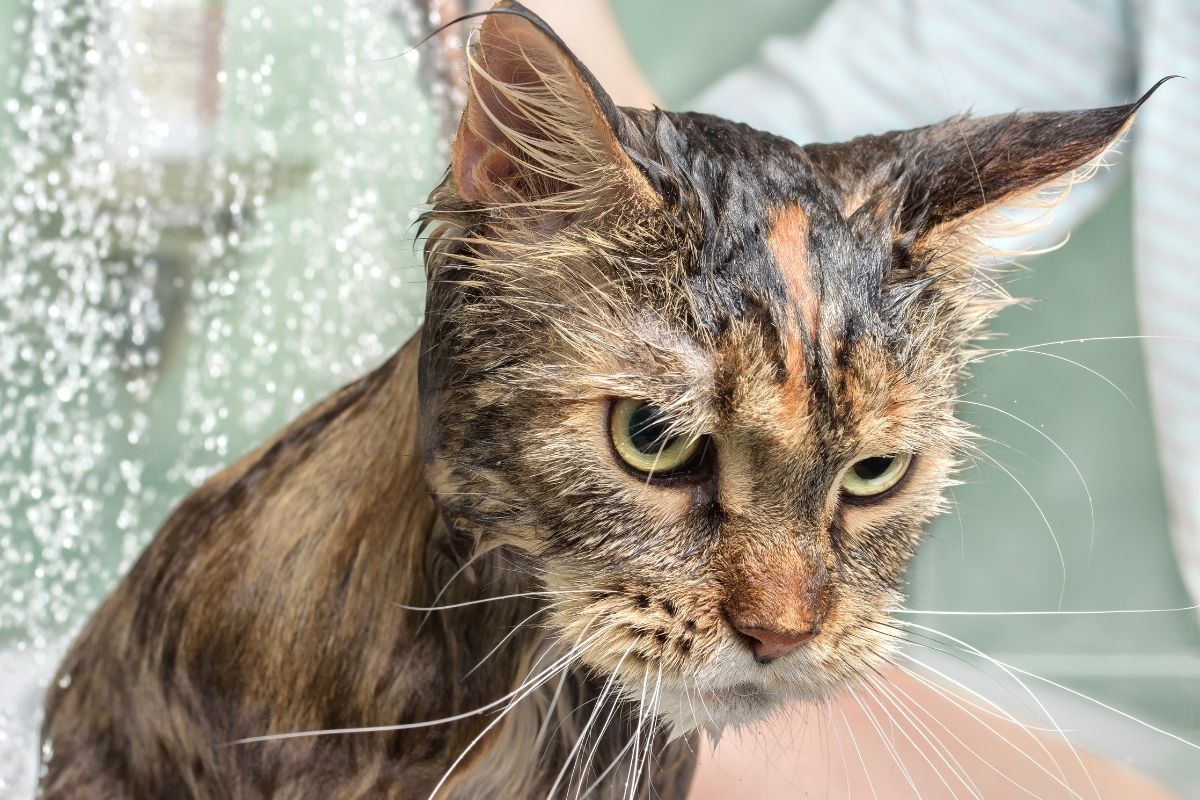Microsporum canis is a common type of fungus found in cats, causing hair loss, itching, and skin inflammation. What’s concerning is that this fungus can also spread to humans, especially those who are in close contact with infected cats. Understanding the disease, its causes, symptoms, and prevention methods will help protect not only your cat’s health but also your family’s.
What is Microsporum canis?
Microsporum canis is a species of dermatophyte fungus that lives on the skin, fur, and nails of animals—especially cats and dogs. It feeds on keratin, a protein found in hair and skin, which allows it to grow and cause damage.
In cats, Microsporum canis is the leading cause of ringworm, a skin disease most commonly seen in kittens, cats with weakened immune systems, or those living in humid, crowded environments.

Why can Microsporum canis in cats spread to humans?
This fungus is zoonotic, meaning it can be transmitted from animals to humans. Transmission can occur through direct contact with an infected cat or indirectly via contaminated items such as bedding, furniture, or litter boxes. The fungal spores are extremely resilient, capable of surviving for months in the environment, and can easily cling to clothing, skin, or hair.
People with weakened immune systems, children, and the elderly are more susceptible. In humans, infection often appears as red, circular patches on the skin that are itchy and scaly.

Signs of infection in cats
Early detection is key to preventing spread. Cats infected with Microsporum canis may show:
- Circular or oval bald patches with red edges and flaky skin in the center
- Frequent scratching and itching
- Hair that breaks easily at the base and sheds when touched
- Secondary skin infections from excessive scratching
Solution when detected: If you notice these symptoms, take your cat to a veterinarian for proper diagnosis and treatment. Avoid direct skin contact and wear gloves when handling a cat suspected of having ringworm.

Causes of Microsporum canis in cats and how to prevent it
1. Contact with infected cats or contaminated environments
Even brief interaction with an infected cat or contact with contaminated objects (carpets, bedding, litter) can lead to infection.
Prevention: Limit your cat’s contact with unfamiliar animals of unknown health status. Regularly clean and disinfect your cat’s living space, especially after introducing a new cat into the household.
2. Weak immune system
Cats that are malnourished, have chronic illnesses, or are on immunosuppressant medications are more vulnerable to fungal infections.
Prevention: Provide a nutrient-rich diet tailored to your cat’s health condition. For cats with kidney issues, consider high-quality diets like Vet’s Selection Cat Kidney Care PP Label for Cat or Vet’s Selection Cat Kidney Care BP Label for Cat, which support kidney function and help maintain strong immunity to fight skin diseases.
3. Humid, unhygienic living environment
Fungal spores thrive in damp, poorly lit areas. If your cat’s environment is humid and not cleaned regularly, the risk of infection increases.
Prevention: Keep your cat’s living space dry, well-ventilated, and with access to sunlight. Clean the litter box daily and replace all litter once or twice a week.

4. Sharing personal items without proper cleaning
Sharing grooming tools, blankets, or food bowls between cats can quickly spread fungal infections.
Prevention: Assign each cat their own set of items, or disinfect shared items with hot water or a pet-safe cleaning solution after every use.
Why owners should be especially cautious
Microsporum canis can infect humans, and treatment can take time. Children are particularly at risk since they often hug and play with cats and may forget to wash their hands afterward.
How to protect yourself:
- Wear gloves when treating or bathing an infected cat
- Wash your hands thoroughly with soap after handling cats
- Vacuum, clean, and disinfect your home regularly
- Wash bedding, blankets, and other fabrics used by your cat in hot water
Treating Microsporum canis in cats
Treatment involves a combination of topical medication, oral medication, and thorough cleaning of the cat’s environment. Depending on the severity, treatment may take 4–8 weeks. Importantly, do not stop treatment as soon as symptoms improve, as fungal spores can still be present.
A veterinarian will prescribe the most appropriate medication and may recommend a balanced diet to boost immunity and speed up recovery.
Conclusion
Microsporum canis poses a risk not only to cats but also to humans. Early detection, timely treatment, and maintaining good hygiene and nutrition will help keep your cat healthy and minimize the risk of transmission. Remember, protecting your cat also means protecting your own health and that of your family.


 Vietnamese
Vietnamese  日本語
日本語  English
English 



